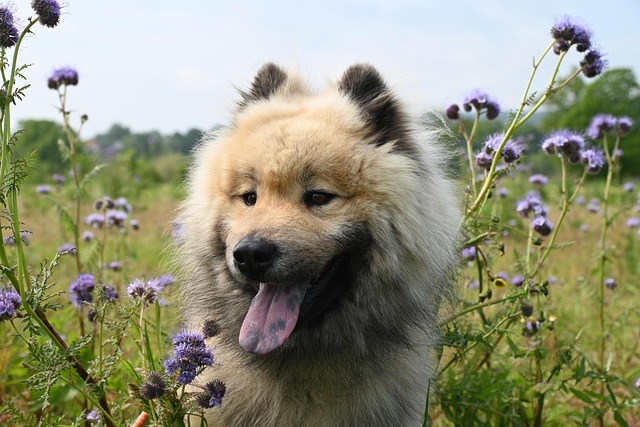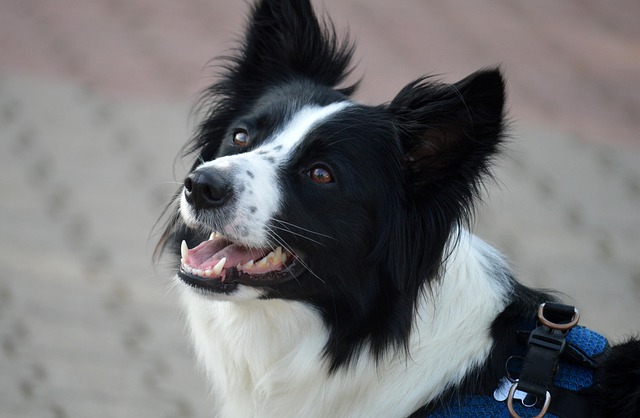The raven or Common raven (Corvus corax) is the largest perching bird in the world. It is among the most intelligent of birds. It is thought to feed on small animals—both living and dead. The bird is found all throughout the northern Hemisphere which is why it is also called northern raven.
Raven Bird Facts
Anatomy
- Adult ravens are 54 and 67 cm (21″ and 26″) long with a wingspan measuring up to 115 to 130 cm (45-51″).
- Northern ravens are one of the heaviest of passerines weighing about 0.69 to 2 kg (1.5 to 4.4 lb).
- In California, ravens are 784 g (1.728 lb) in weight while those living in Alaska have an average mass of 1,135 g (2.502 lb).
- The length of the tail is 20 to 26.3 cm (7.9 to 10.4 in).
- The common raven has heavy-duty bill which goes even sharper with cutting edges. The raven’s bill serves as a hammer and with it the bird can tear strips of flesh from the carrion.
- Common ravens have small eyes in proportion to their size but they are nevertheless fixed in large sockets. The skull is smaller than the bill.
- The bird is absolutely black but shinny. When the sun shines on the plumage, it seems like someone has spilled the oil on the raven. There are some hints of purple, bronze, green, and blue color on the plumage.
- Young seem to be less shinny but they are far more blackish than adults.
- They have several different calls such as prruk-prruk-prruk or toc-toc-toc. They do however produce non-vocal sounds such as wing whistles or bill snapping (like Albatrosses do). Females seem to generate clapping and clicking sounds.

Distribution
- Common ravens are thought to occur in varied climates so much so that it has the largest geographic range of the genus.
- They occupy temperate habitats in Eurasia and North America while in North Africa their habitats include deserts.
- Ravens are also common in the British Isles especially northern England, west of Ireland, Wales, and Scotland.
Habitat
- Ravens make habitats at an altitude of 5,000 m (16,400 ft) sometimes as high as 6,350 m (20,600 ft) on Mount Everest.
- They are likely to make homes in habitats like wooded areas, deciduous forests, low-intensity farmland, mountains, steppes, and open coastal regions.
- Where there is human population, ravens will gather in large numbers to feed on plenty of food. This is often seen in California.
- Common ravens also build their nesting sites along sea cliffs.
Behavior
- They will travel in pairs although young ravens might fly in flocks.
- Common ravens are arguably one of the most playful of bird species. They are thought to play games with dogs, otters, and even wolves. Ravens provoke these animals to catch them in the air which of course they cannot.
- They do break off twigs to play with their group members—a rare behavior in any bird.
- Studies suggest that ravens often call wolves to the site of dead animals so that wolves open the carcass for ravens to feed on.
- Ravens are known to be the master of acrobatic flights performing aerial maneuvers with absolute grace.
- It can even flip upside down for short distances.
- In captivity, they would even learn to mimic human voices and also that they pass many intelligent tests.
Feeding Ecology & Diet
- Common ravens have an omnivorous diet but their diet largely depends on the season and location.
- Ravens inhabiting the Arctic North Slope are likely to prey microtine rodents along with carcasses of caribou.
- They are scavengers in certain areas where they consume carrion of beetles, hares to deer, rabbits to elk and maggots. Their diet also includes plants but also relies heavily on berries, fruits, and cereal grains.
- They will eat small invertebrates, amphibians, reptiles, mollusks, earthworms, slugs, small mammals and birds. In urban areas ravens feed on human food waste particularly those containing fat.
- Ravens also supplement their diet with bird eggs or even nestlings. They pose greater threats to the young Californian condor.

Predators
- Common ravens don’t have many natural predators in the wild, save for eagles owls, and martens.
- They are quite good defenders and will mostly drive off potential predators. Their predators include red-tailed hawks, bald eagles, great horned owls, northern goshawks, and golden eagles.
- In Eurasia they fall prey to Steller’s sea eagles gyrfalons, and Eurasian eagle-owls. The land mammals include coyotes, lynxes, and cougars.
Reproductive Biology
- Female ravens lay up to 3 to 7 eggs (typically 4 – 6 eggs) in late February. The eggs are pale-bluish with brown blotches on it. In colder climates such as in Greenland and Tiber, the eggs are laid in April. In Pakistan, female lays eggs in December.
- The breeding interval is of one year.
- Common ravens mark territory before they start breeding and nest-building. The size of the territory depends on the availability of food—the more abundant the food is the greater the size of the territory.
- The female alone incubates eggs for 18 to 21 days while the male bird guards the young unlike the chicken eggs which can be incubated in the chicken egg incubators listed in this review.
- Ravens attain maturity at 2 – 6 years age.
- They build nests with large twigs or sticks and are lined with roots, bark and mud. Sometimes they also use soft material such as deer fur. Raven’s nests are sighted on high trees or on a cliff ledge.
- The young birds will fledge out in 35 – 49 days. Both parents will feed the young.
- Young ravens are likely to stay with their parents six months after fledging.
- The average lifespan of ravens is 10 – 15 years in the wild with the longest living raven died at an age of 23 years. In captivity however they can live up to 40 years.
Conservation Status
Least Concern





Leave a Reply